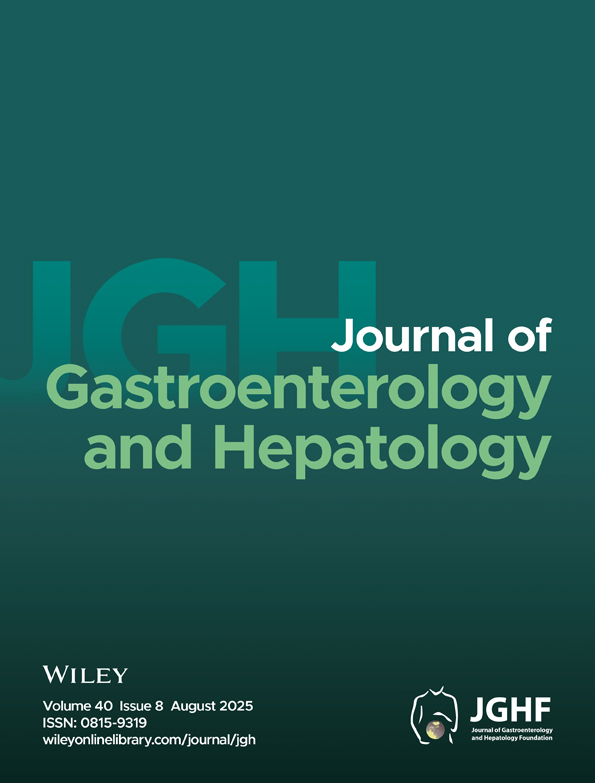Endoscopic manometry of the sphincter of Oddi
Abstract
Endoscopic manometry of the sphincter of Oddi is a new and invasive test which is currently being evaluated in patients with biliary-type pain, particularly after cholecystectomy, and idiopathic recurrent pancreatitis. Technical aspects of the test appear to have been clarified, but data are incomplete on the potential effect on manometric records of variables such as patient anxiety, prolonged endoscopy and the injection of radiological contrast material prior to the procedure. Despite these considerations, abnormal manometric records are frequent in patients with post-cholecystectomy pain and idiopathic recurrent pancreatitis, and minor abnormalities have been associated with choledocholithiasis. The term structural stenosis is currently being applied to those in whom the sphincter basal pressure is high while biliary dyskinesia describes a variety of manometric changes including rapid phasic contractions, an excess of waves oriented in a retrograde direction and an abnormal response to the intravenous infusion of cholecystokinin octapeptide. Reasons for the motility disorders remain unclear but may include histopathological changes in sphincter tissue, enteric nerve dysfunction, autonomic dysfunction, hormonal/metabolic changes and psychiatric disorders. Heterogeneity within the patient population needs to be carefully addressed in any prospective study of potential benefit from drugs or other procedures such as endoscopic sphincterotomy and operative sphincteroplasty.




